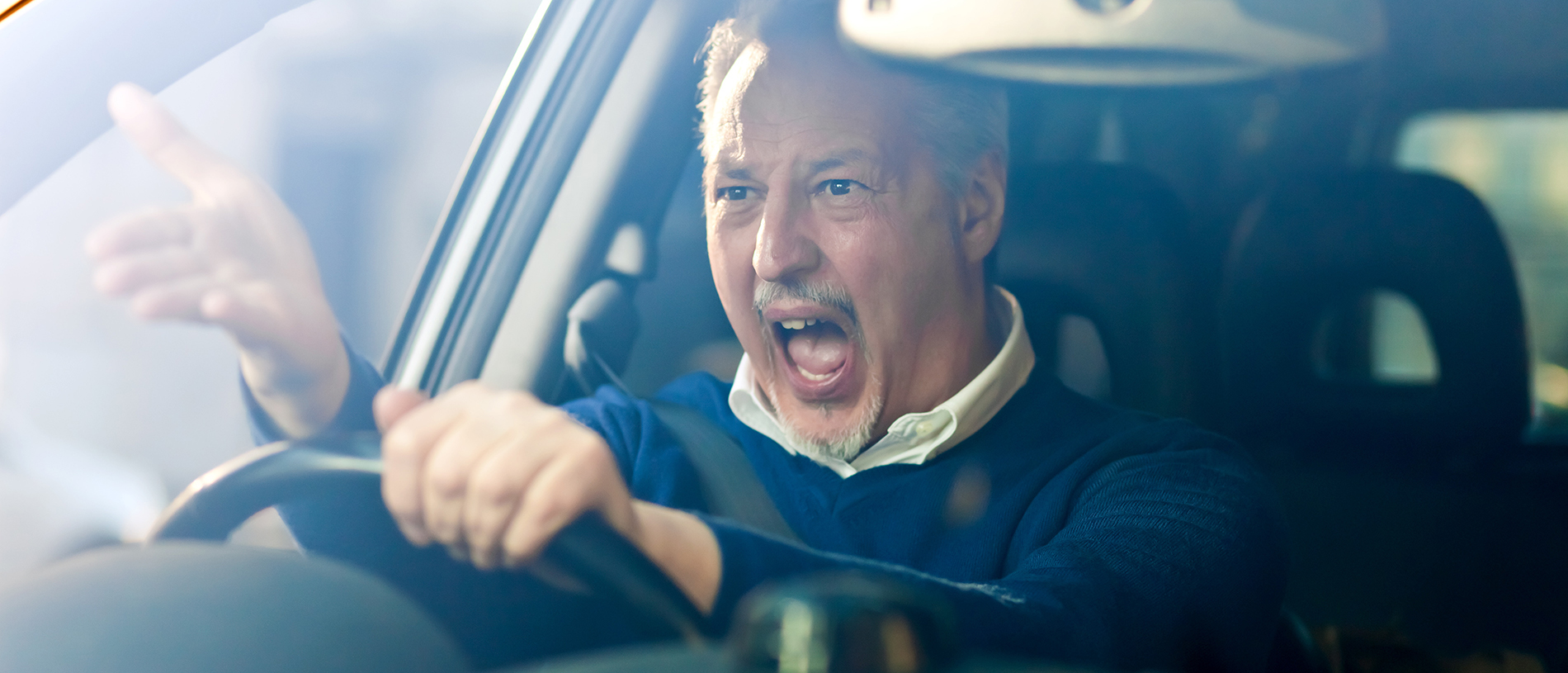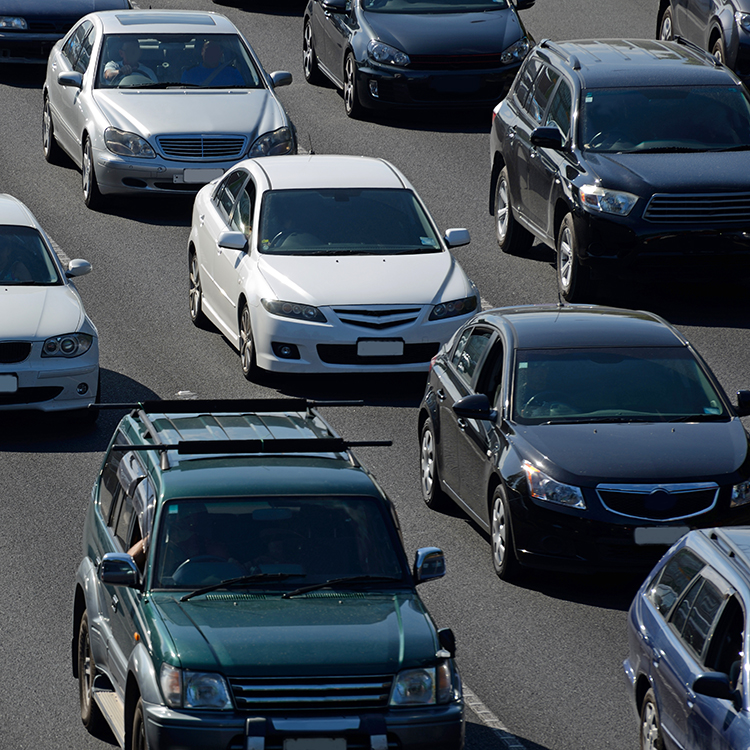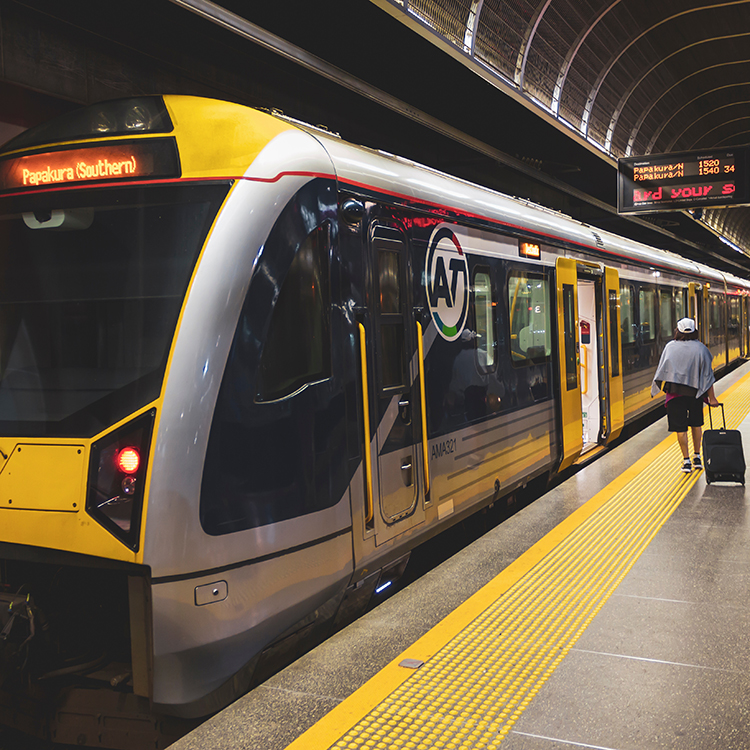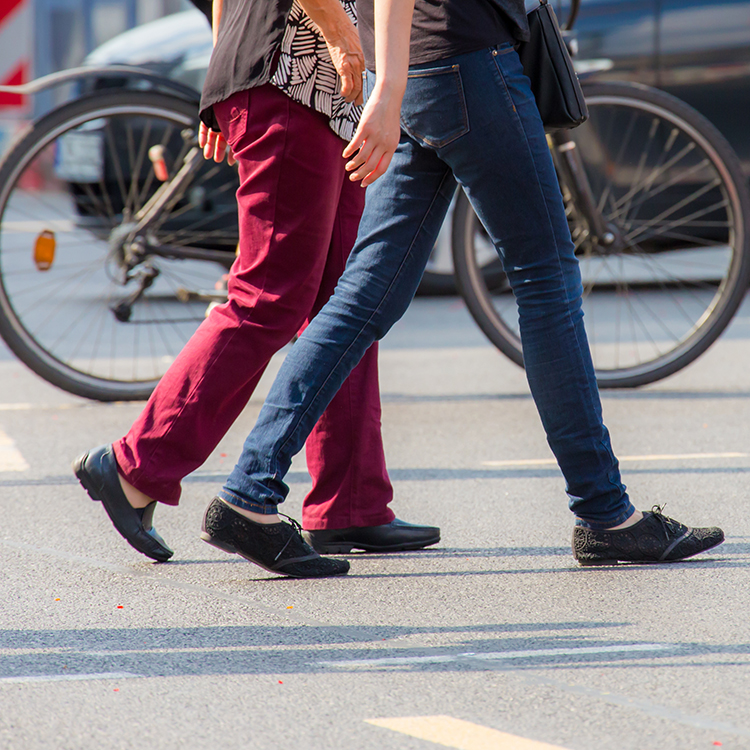
How to avoid road rage
Driving while emotional can be distracting and even downright dangerous. We share tips on how to keep your cool behind the wheel.

What is needed to get more New Zealanders out of their cars?
Environmental awareness, city planning concepts and tech innovation have all come together in recent years to create increasing demands for greener transport options.
In New Zealand this has led to growing discussion around how to make more of public transport (PT), active mobility such as walking and cycling, and electric or hybrid vehicles. But a relatively small, spread-out population, tricky terrain and limited funds for transport infrastructure have shaped a preference for personal vehicles powered by the internal combustion engine.
A recent AA Research Foundation study asked several focus groups of New Zealanders what it would take for them to swap their cars for alternative transport more regularly.
The study, undertaken by Mackie Research, found that participants were generally open to using different ways of getting around, but they did not want to sacrifice flexibility or safety.
Researchers canvassed 44 people who used cars as their primary way of getting around, placing them into four focus groups – people living in Auckland, people from our next largest cities including Wellington and Christchurch, people in mid-sized New Zealand cities including Dunedin, Tauranga and Hamilton, and people from smaller regional centres like Dargaville, Blenheim and Ashburton.

Despite a high reliance on cars, study participants weren’t strongly attached to using them. Members across the focus groups showed a pragmatic attitude, with many walking, cycling, or using public transport when they felt it was practical. Over half of participants used something other than driving for some trips but for the majority the consensus was that cars were faster, and offered more flexibility, utility, comfort and safety in most situations.
Being able to transport shopping and recreational gear and having the flexibility of mixing the types of trips – work, school drop off, recreation and socialising – were where cars were considered the best option.
Walking or cycling trips were also limited by needing to be relatively short, restricted carrying capacity for items, the weather and the perception – particularly of cycling – that it was less safe.
AA Research Foundation Programme Manager Christopher Stachowski says the findings were unsurprising. New Zealand has long focused on personal vehicles as the central pillar of its transport planning.
“New Zealanders are used to owning and using cars and this research shows that many people still see them as the best transport option. Public transport is available in most cities and bigger towns, but even there people are more likely to own and use cars. In smaller towns people have little option other than to use personal vehicles.”
Vehicle maintenance and petrol prices, parking, the stress of driving and the cost to the environment were all seen as drawbacks of using personal vehicles, however the downsides associated with the alternatives were seen as bigger barriers.
A few participants highlighted health and neurodiversity conditions that made using public or active transport impossible. A higher proportion of women had concerns for their personal safety using these options.

Participants were open to using public transport, particularly buses, but more often opted to drive.
Eighteen out of 29 of the participants that commuted said their second option would be to use public transport (PT) after driving, and it was also the most popular option after driving for shopping, recreation and social visits.
Feedback showed city-dwellers wanted reliable and frequent services, highlighting that during non-peak times some services could be an hour apart. This was particularly acute on lines that did not serve large numbers of commuters. Those travelling for recreation or to visit areas other than major destinations like CBDs were faced with infrequent PT services, ones that required transfers, or had no services at all.
Public transport was more available in cities with developed networks and populations large enough to justify their maintenance. It is here that Christopher says there is potential for more people to exchange some car journeys for PT trips.
“Public transport is most effective in places that have reasonably large, dense populations. The feedback from participants suggested public transport uptake could be improved by services that arrived more often, ran longer and went to more places.”

Focus group members said the price of EVs and hybrids was a major barrier to purchasing more fuel efficient vehicles. There was also a lack of confidence in the technology, with range and long-term battery life being key concerns.
Most participants already tried to incorporate fuel saving practices like driving efficiently, carpooling, working from home, and grouping work, shopping and recreation trips together when using their cars.
The paper found this was mainly done to save money, rather than for environmental reasons.
Christopher says opportunities to adopt more efficient cars or to use fuel saving practices are equally available to people in more populous places and in smaller towns; they are particularly suited to those living in areas where public transport networks were limited or non-existent.
“Driving is sometimes the only option for people in smaller towns and rural areas. For these people sustainability must fit in with personal vehicle use. Giving people more confidence in EVs and hybrids by informing them about the technology and educating people about eco-driving techniques would be a good place to start.”

These active transport options were perceived as viable for shorter trips; however, they were broadly viewed as unsafe. For cycling, the concern was about sharing space with vehicles while some people, particularly women, felt walking was not always a good option because they felt there was a higher risk to their personal safety from the unsocial or threatening behaviour of others.
Christopher says active transport could be encouraged though urban design – designated or separated cycling zones, and pedestrian spaces that are well-lit with long sight lines where possible threats can be detected earlier.
This story is from the Winter 2025 issue of AA Directions magazine.